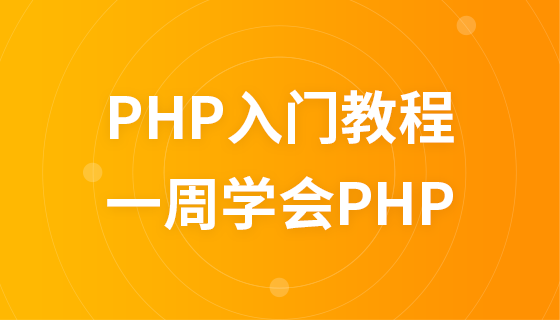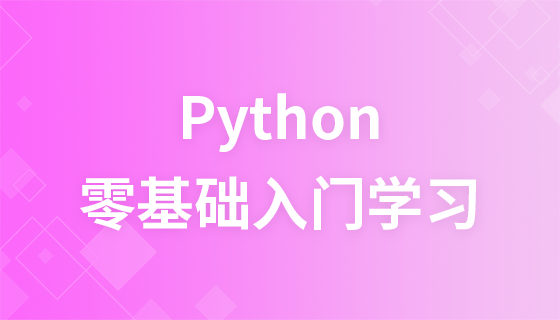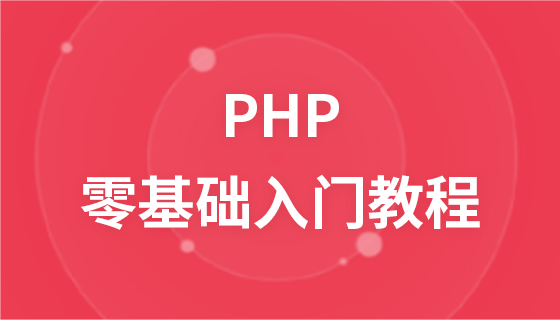

How to use the Hyperf framework for PDF generation requires specific code examples
With the advent of the digital age, PDF (Portable Document Format) format files are used in various fields play an important role. PDF format files are highly portable and visual, making it the first choice in many scenarios. In web development, generating PDF files is a common requirement. This article will introduce how to use the Hyperf framework to generate PDF files and provide detailed code examples.
First, we need to install the Hyperf framework and some related dependencies. You can install the Hyperf framework through Composer and execute the following command:
composer create-project hyperf/hyperf my-project
After the installation is complete, we need to install the dependent libraries for PDF generation. In this article, we use tcpdf as a library for PDF generation. We can install the tcpdf library through Composer and execute the following command:
composer require tecnickcom/tcpdf
After the installation is complete, we can start writing code. First, we need to create a PDF generation controller. In the Hyperf framework, controllers are used to process HTTP requests and generate corresponding responses. We can generate a controller by executing the following command:
php bin/hyperf.php generate:controller PdfController
After execution, aPdfController.phpfile will be generated in theapp/Controllerfolder. We can write the code to generate PDF in this file.
First, we need to introduce the tcpdf library and some necessary classes. At the beginning of thePdfController.phpfile, add the following code:
use TCPDF; use PsrHttpMessageResponseInterface; use HyperfHttpServerAnnotationController; use HyperfHttpServerAnnotationRequestMapping;
Next, add a method in thePdfControllerclass for generating PDF files. For example, we create a method calledgenerate:
/** * @RequestMapping(path="/pdf/generate", methods="GET") */ public function generate(): ResponseInterface { $pdf = new TCPDF(); // 创建一个TCPDF实例 // 设置PDF的属性 $pdf->SetCreator('Hyperf Framework'); $pdf->SetAuthor('Your Name'); $pdf->SetTitle('Sample PDF'); $pdf->SetSubject('Generating PDF using Hyperf Framework'); $pdf->SetKeywords('PDF, Hyperf'); // 添加一页 $pdf->AddPage(); // 设置内容 $content = 'Hello, this is a sample PDF generated using Hyperf Framework.'; $pdf->writeHTML($content, true, false, true, false, ''); // 输出PDF文件 $pdf->Output('sample.pdf', 'D'); }
In the above code, we first create a TCPDF instance. Then, the properties of the PDF are set, including creator, author, title, and keywords. Next, we added a page and set up the content. Finally, send the generated PDF file to the browser by calling theOutputmethod.
The last step, we need to register our controller in the route. Add the following code in theroutes.phpfile:
use AppControllerPdfController; Router::addRoute(['GET'], '/pdf/generate', [PdfController::class, 'generate']);
Now, we have completed the entire process of generating PDF files using the Hyperf framework. By accessing/pdf/generate, you can generate a PDF file namedsample.pdfand download it locally.
The code example provided above demonstrates how to use the tcpdf library in the Hyperf framework to generate PDF files. Through this example, you can customize the content and format of the generated PDF according to actual needs. Hope this article is helpful to you!
The above is the detailed content of How to use Hyperf framework for PDF generation. For more information, please follow other related articles on the PHP Chinese website!
 What are the asp development tools?
What are the asp development tools? vcruntime140.dll cannot be found and code execution cannot continue
vcruntime140.dll cannot be found and code execution cannot continue css font color
css font color How to intercept harassing calls
How to intercept harassing calls What should I do if the Chinese restart setting of vscode does not take effect?
What should I do if the Chinese restart setting of vscode does not take effect? html to txt
html to txt The difference between linux and windows
The difference between linux and windows What does harmonyos mean?
What does harmonyos mean?



